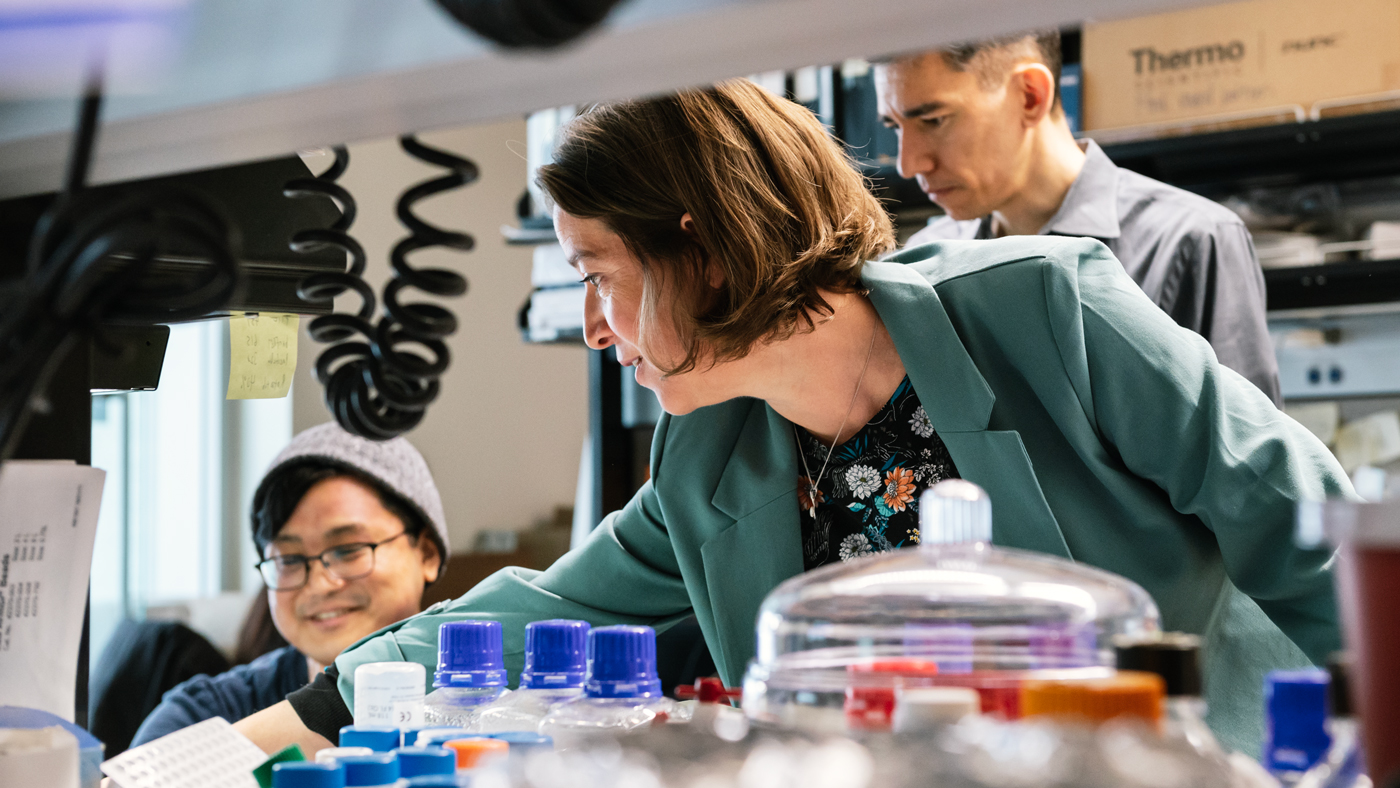Researchers at Gladstone Institutes and UC San Francisco (UCSF) including Department of Physical Therapy and Rehabilitation Science Associate Professor Myriam Chaumeil, PhD, have shed new light on exactly how neurons—the cells that send electrical signals through the brain—consume and metabolize glucose, as well as how these cells adapt to glucose shortages. Their paper Neurons Require Glucose Uptake and Glycolysis In Vivo was published online in the journal Cell Reports on April 6, 2023.The research is highlighted in a new article on the Gladstone Institutes website.

Dr. Chaumeil, a co-corresponding author of the new work, has been developing specialized neuroimaging approaches, based on a new technology called hyperpolarized carbon-13, that reveal the levels of certain molecular products. Her group’s imaging showed how the metabolism of the mice’s brains changed when glycolysis was blocked in neurons.
The promise of metabolic imaging to inform fundamental biology and improve clinical care is immense.
Myriam Chaumeil, PhD
Associate Professor, UCSF Department of Physical Therapy and Rehabilition Science
“Such neuroimaging methods provide unprecedented information on brain metabolism,” says Chaumeil. “The promise of metabolic imaging to inform fundamental biology and improve clinical care is immense; a lot remains to be explored.”
The imaging results helped prove that neurons metabolize glucose through glycolysis in living animals. They also showed the potential of Chaumeil’s imaging approach for studying how glucose metabolism changes in humans with diseases like Alzheimer’s and Parkinson’s.
Read the full article from Gladstone Institutes.
